Home>Gardening & Outdoor>Landscaping Ideas>How To Grow Bermuda Grass Seeds
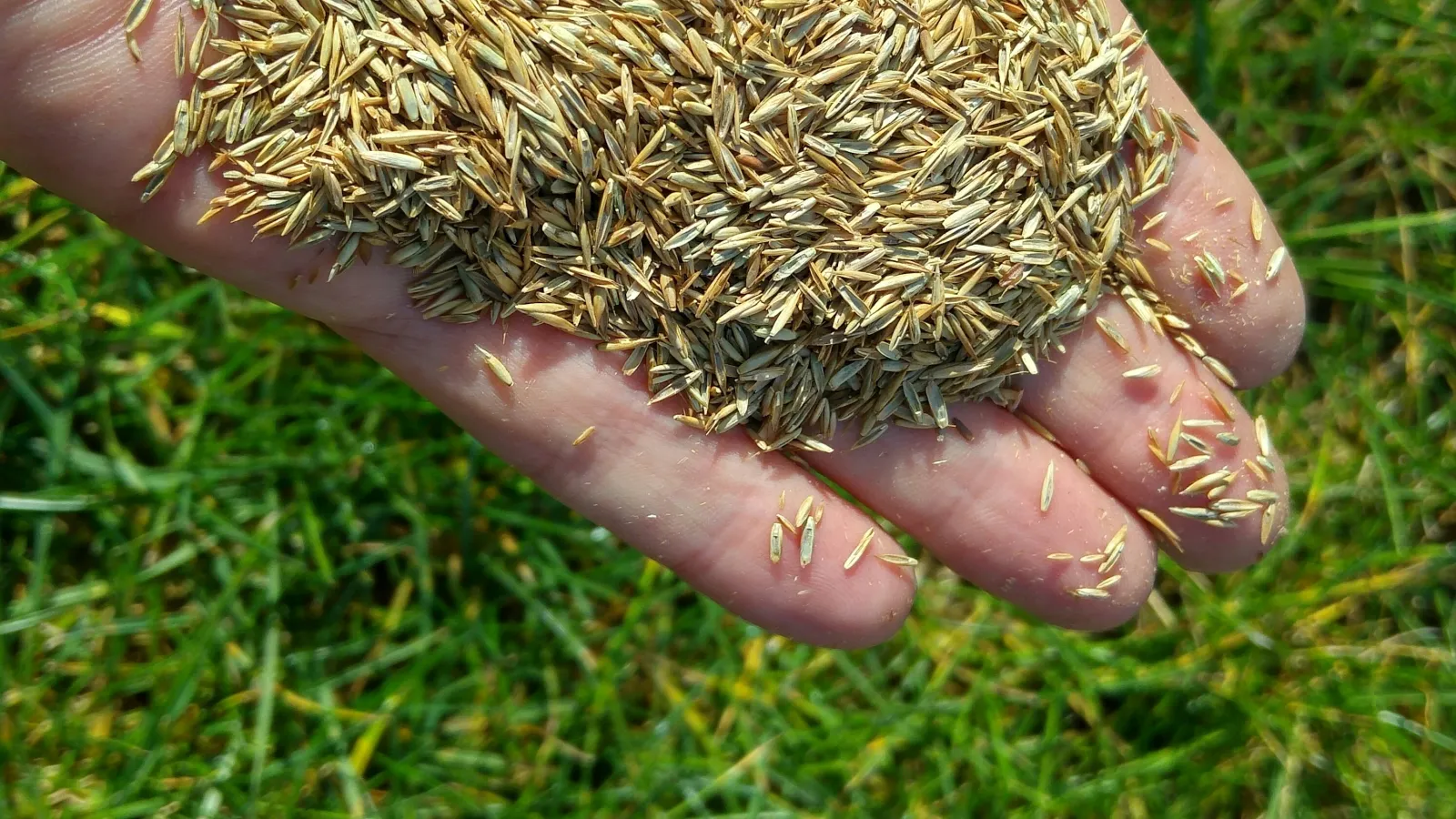

Landscaping Ideas
How To Grow Bermuda Grass Seeds
Modified: September 2, 2024
Learn effective landscaping ideas for growing Bermuda grass seeds. Discover expert tips and techniques for a lush and vibrant lawn.
(Many of the links in this article redirect to a specific reviewed product. Your purchase of these products through affiliate links helps to generate commission for Storables.com, at no extra cost. Learn more)
Introduction
Are you dreaming of a lush, vibrant lawn that's the envy of the neighborhood? Bermuda grass could be the key to transforming your lawn into a verdant paradise. Known for its resilience, heat tolerance, and rapid growth, Bermuda grass is a popular choice for lawns, parks, and sports fields. However, achieving that perfect Bermuda grass lawn requires careful planning and execution, starting with the crucial step of planting Bermuda grass seeds.
In this comprehensive guide, we'll walk you through the essential steps to successfully grow Bermuda grass seeds. From selecting the optimal time for planting to nurturing the seeds into a thriving lawn, we'll cover everything you need to know to achieve stunning results. Whether you're a seasoned gardener or a novice enthusiast, this guide will equip you with the knowledge and confidence to cultivate a lush Bermuda grass lawn that will be the pride of your property.
So, roll up your sleeves, grab your gardening tools, and get ready to embark on a rewarding journey to cultivate a vibrant Bermuda grass lawn that will be the talk of the town!
Key Takeaways:
- Plant Bermuda grass seeds in late spring or early summer when the soil temperature is 65-70°F for successful germination and choose a sunny, well-draining spot with slightly acidic soil.
- Prepare the soil by clearing, aerating, testing, amending, and leveling before planting Bermuda grass seeds, and water and fertilize carefully to nurture robust growth.
Read more: How To Grow Thick Bermuda Grass
Step 1: Choosing the Right Time and Place to Plant Bermuda Grass Seeds
Before diving into the exciting process of planting Bermuda grass seeds, it’s crucial to consider the optimal time and location for sowing. Bermuda grass thrives in warm climates and requires ample sunlight to flourish, so selecting the right time and place is essential for successful germination and growth.
Timing Is Everything: Bermuda grass seeds should be planted during the late spring or early summer when the soil temperature consistently reaches 65-70°F (18-21°C). This period provides the ideal conditions for the seeds to germinate and establish strong root systems. Planting outside of this temperature range may result in poor germination and weak growth, hampering the overall success of your lawn.
Choosing the Perfect Spot: When selecting the planting location, opt for an area that receives ample sunlight throughout the day. Bermuda grass thrives in full sun, so it’s essential to choose a spot with minimal shade to promote healthy growth. Additionally, ensure that the soil in the chosen area has good drainage to prevent waterlogging, which can impede the development of Bermuda grass seeds.
Soil Preparation: Before planting, assess the soil quality in the chosen area. Ideally, the soil should be well-draining and slightly acidic, with a pH level between 6.5 and 7. If the soil pH is outside this range, consider amending it with the appropriate materials to create an optimal environment for Bermuda grass seed germination and growth.
By carefully considering the timing, location, and soil conditions, you can set the stage for the successful germination and growth of Bermuda grass seeds, laying a solid foundation for a lush and resilient lawn.
Step 2: Preparing the Soil for Planting
Creating the ideal soil environment is a critical precursor to successfully planting Bermuda grass seeds. Proper soil preparation sets the stage for robust seed germination and the development of a healthy, thriving lawn. Follow these essential steps to ensure that your soil is primed for the optimal growth of Bermuda grass seeds:
- Clear the Area: Begin by clearing the planting area of any debris, rocks, or existing vegetation. This process ensures that the Bermuda grass seeds have direct contact with the soil, promoting unhindered germination and root establishment.
- Aerate the Soil: Aerating the soil is essential for improving its structure and promoting healthy root development. Utilize a garden fork or mechanical aerator to perforate the soil, allowing for better air circulation and water absorption.
- Soil Testing: Conduct a soil test to assess its pH level and nutrient content. This information will guide you in determining the necessary amendments to optimize the soil for Bermuda grass seed growth. Based on the test results, adjust the pH and supplement any deficient nutrients to create an ideal growing environment.
- Applying Soil Amendments: Based on the soil test recommendations, apply lime to raise the pH if necessary, or incorporate sulfur to lower it. Additionally, enrich the soil with a balanced fertilizer to provide essential nutrients that support the initial growth stages of Bermuda grass seeds.
- Leveling the Soil: Ensure that the soil surface is evenly leveled to prevent water pooling and promote uniform seed coverage. Use a garden rake to smooth out any uneven areas, creating a consistent surface for planting.
- Watering the Soil: Prior to planting, thoroughly water the prepared soil to achieve optimal moisture levels. Adequate soil moisture is crucial for seed germination, so aim for a moist, but not waterlogged, soil texture.
By meticulously preparing the soil through clearing, aerating, testing, amending, and leveling, you can establish an ideal foundation for the successful germination and growth of Bermuda grass seeds. This proactive approach sets the stage for a vibrant and resilient lawn that will thrive for years to come.
Step 3: Planting Bermuda Grass Seeds
With the soil meticulously prepared, it’s time to embark on the exciting process of planting Bermuda grass seeds. Follow these essential guidelines to ensure that your seeds are sown with care and precision, setting the stage for robust germination and the emergence of a lush, thriving lawn:
- Seed Selection: Choose high-quality Bermuda grass seeds from a reputable supplier. Opt for a variety that aligns with the specific growing conditions of your region and the intended use of the lawn, whether it’s for ornamental purposes, sports fields, or high-traffic areas.
- Seeding Rate: Determine the appropriate seeding rate based on the variety of Bermuda grass and the size of the planting area. Refer to the seed packaging or supplier recommendations to achieve the optimal seed density for successful coverage.
- Even Distribution: To ensure uniform coverage, divide the total seed quantity into two equal portions. Broadcast the first portion evenly over the planting area, then sow the second portion in a perpendicular direction to achieve comprehensive seed distribution.
- Seed Depth: Bermuda grass seeds should be sown at a shallow depth to facilitate successful germination. Aim for a planting depth of approximately 1/8 to 1/4 inch (3-6 mm) to provide the seeds with adequate soil contact while allowing them to receive ample sunlight for germination.
- Raking and Pressing: After sowing the seeds, gently rake the soil to cover them lightly, ensuring that they are nestled into the soil without being buried too deeply. Follow this by gently pressing the soil to ensure firm seed-to-soil contact, which is essential for germination.
- Moistening the Soil: Following the planting process, lightly water the seeded area to provide initial moisture for germination. Be cautious not to overwater, as excessive moisture can impede the germination process.
By adhering to these guidelines and best practices, you can plant Bermuda grass seeds with precision and care, maximizing the likelihood of successful germination and the emergence of a vibrant, resilient lawn. With the seeds sown and nurtured, you’re one step closer to enjoying the beauty and durability of a flourishing Bermuda grass lawn.
Water the Bermuda grass seeds regularly to keep the soil moist, but not waterlogged. This will help the seeds germinate and establish a healthy root system.
Step 4: Watering and Fertilizing Bermuda Grass Seeds
Proper watering and fertilization are pivotal factors in nurturing Bermuda grass seeds through the critical stages of germination and early growth. By providing the essential moisture and nutrients, you can facilitate robust root development and pave the way for a luxuriant, resilient lawn. Follow these guidelines to ensure that your Bermuda grass seeds receive the care they need to flourish:
- Initial Watering: After planting the seeds, ensure that the soil remains consistently moist but not waterlogged. Water the seeded area lightly multiple times per day, particularly during the initial 2-3 weeks, to keep the soil adequately moist for germination. Avoid allowing the soil to dry out, as this can hinder seed germination and early growth.
- Establishing a Watering Schedule: As the Bermuda grass seeds begin to germinate and establish roots, gradually transition to a less frequent watering schedule. Once the seedlings have emerged, aim for deep, infrequent watering sessions to encourage deep root growth and drought resistance.
- Fertilization Timing: Approximately 6-8 weeks after the seeds have germinated, introduce a balanced, slow-release fertilizer to provide the young grass with the necessary nutrients for vigorous growth. Select a fertilizer specifically formulated for Bermuda grass to ensure optimal nourishment.
- Fertilizer Application: Apply the fertilizer evenly across the seeded area, adhering to the recommended application rates provided by the product manufacturer. Water the area thoroughly after fertilization to facilitate the absorption of nutrients into the soil and promote their availability to the developing grass.
- Monitoring and Adjusting: Monitor the growth and color of the Bermuda grass closely to gauge its response to the fertilization regimen. Adjust the fertilization schedule and application rates based on the grass’s performance and any specific nutrient deficiencies identified through soil testing.
By diligently managing the watering and fertilization of Bermuda grass seeds, you can provide the essential support for robust growth and the development of a vibrant, resilient lawn. With careful attention to moisture and nutrient requirements, you’ll lay the groundwork for a stunning Bermuda grass landscape that will thrive for years to come.
Read more: How Long To Grow Bermuda Grass From Seed
Step 5: Mowing and Maintenance of Bermuda Grass
Once your Bermuda grass has established a strong foothold and flourished into a lush carpet of green, it’s time to shift your focus to the essential tasks of mowing and maintenance. Proper mowing practices and diligent upkeep are integral to nurturing a healthy, resilient Bermuda grass lawn. Follow these guidelines to ensure that your lawn remains vibrant and well-groomed:
- Optimal Mowing Height: Bermuda grass thrives when maintained at a moderate height. Set your mower blades to a height of around 1 to 1.5 inches for common Bermuda grass varieties, or slightly higher for hybrid types. Avoid mowing too closely, as this can stress the grass and impede its ability to withstand environmental stressors.
- Mowing Frequency: During the active growing season, aim to mow the lawn every 5-7 days to maintain an appropriate height and encourage lateral growth. Adjust the mowing frequency based on the grass’s growth rate and never remove more than one-third of the grass blade length in a single mowing session.
- Grass Clippings Management: Allow grass clippings to remain on the lawn after mowing, as they can decompose and contribute valuable nutrients back into the soil. This natural recycling process enriches the soil and reduces the need for additional fertilization.
- Watering Practices: Consistent and deep watering is crucial for Bermuda grass health. Aim for approximately 1 inch of water per week, delivered through infrequent but deep watering sessions. Adjust the watering schedule based on rainfall and seasonal climate variations to maintain optimal soil moisture levels.
- Weed Control: Regularly inspect the lawn for weeds and promptly address any intrusions. Utilize targeted herbicides or manual removal to eliminate weeds while minimizing the impact on the Bermuda grass. Implementing a pre-emergent herbicide program can effectively prevent weed establishment.
- Aerating and Dethatching: Periodically aerate the soil to alleviate compaction and enhance air and water penetration. Additionally, dethatch the lawn as needed to remove excessive thatch buildup, promoting healthier grass growth and resilience.
By adhering to these mowing and maintenance best practices, you can foster the ongoing vitality and beauty of your Bermuda grass lawn. With regular care and attention, your lawn will continue to thrive, providing a verdant and inviting landscape for relaxation, recreation, and enjoyment.
Conclusion
Congratulations on embarking on the rewarding journey of cultivating a lush and resilient Bermuda grass lawn! By following the comprehensive steps outlined in this guide, you’ve gained valuable insights into the essential practices for successfully growing Bermuda grass seeds and nurturing them into a vibrant, thriving landscape. As you reflect on the key takeaways from this guide, consider the following points to ensure the continued success of your Bermuda grass lawn:
- Patience and Persistence: Growing a stunning Bermuda grass lawn requires patience and consistent effort. Embrace the process and remain committed to providing the necessary care and attention at each stage of the lawn’s development.
- Adaptation to Local Conditions: Tailor your lawn care practices to align with the specific climate, soil, and environmental conditions of your region. By understanding and accommodating these factors, you can optimize the health and resilience of your Bermuda grass lawn.
- Observation and Adjustment: Regularly observe the condition of your lawn, monitoring its growth, color, and overall health. Adjust your maintenance practices, watering schedule, and fertilization regimen based on the lawn’s performance and evolving needs.
- Community and Sharing: Engage with fellow gardening enthusiasts, seek advice from local horticultural experts, and share your experiences with others. Building a supportive network can provide valuable insights and foster a sense of camaraderie in your gardening endeavors.
As you tend to your Bermuda grass lawn, savor the joy of witnessing its transformation from seeds to a lush, inviting expanse of greenery. Whether it’s hosting outdoor gatherings, providing a safe play area for children, or simply offering a tranquil retreat, your Bermuda grass lawn will become a cherished centerpiece of your outdoor space.
Remember, the journey of nurturing a Bermuda grass lawn is not merely about achieving a visually stunning landscape; it’s about cultivating a living, breathing tapestry that enhances the beauty and vitality of your surroundings. With dedication, knowledge, and a touch of creativity, your Bermuda grass lawn will flourish, becoming a source of pride and enjoyment for years to come.
So, as you embark on this horticultural adventure, may your Bermuda grass lawn thrive and bring endless delight, serving as a testament to your passion for gardening and your commitment to creating a captivating outdoor haven.
Frequently Asked Questions about How To Grow Bermuda Grass Seeds
Was this page helpful?
At Storables.com, we guarantee accurate and reliable information. Our content, validated by Expert Board Contributors, is crafted following stringent Editorial Policies. We're committed to providing you with well-researched, expert-backed insights for all your informational needs.
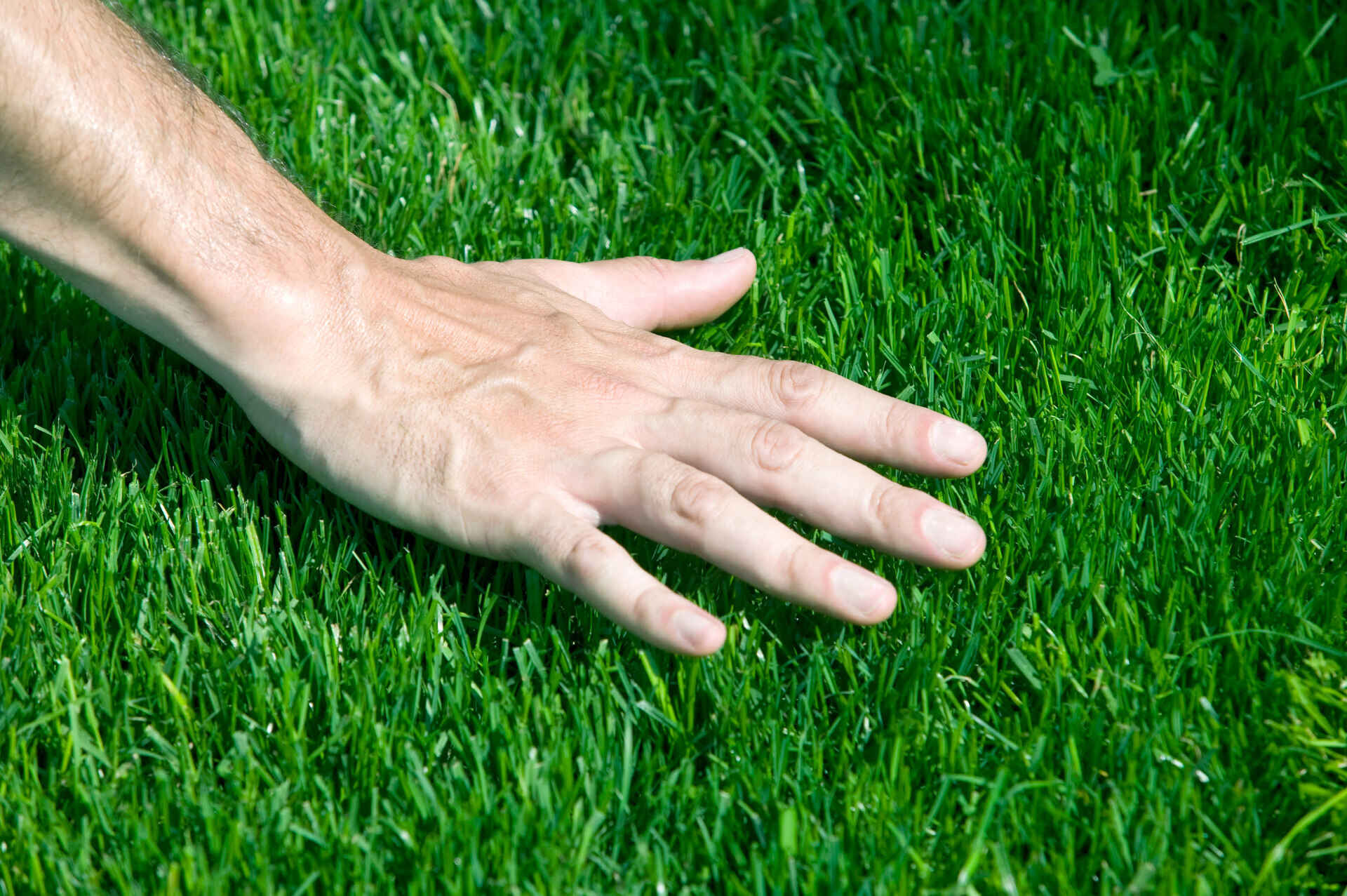
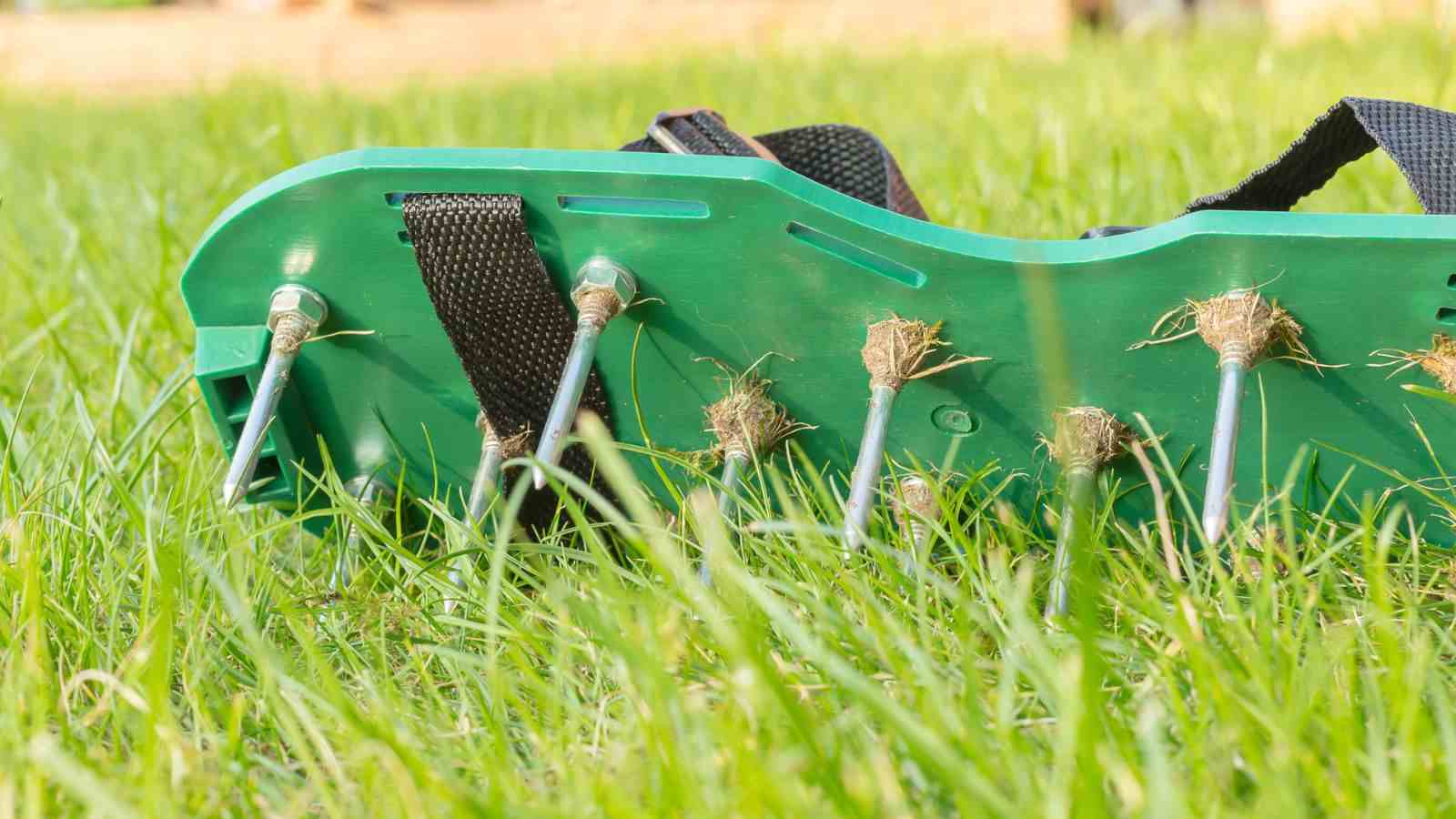
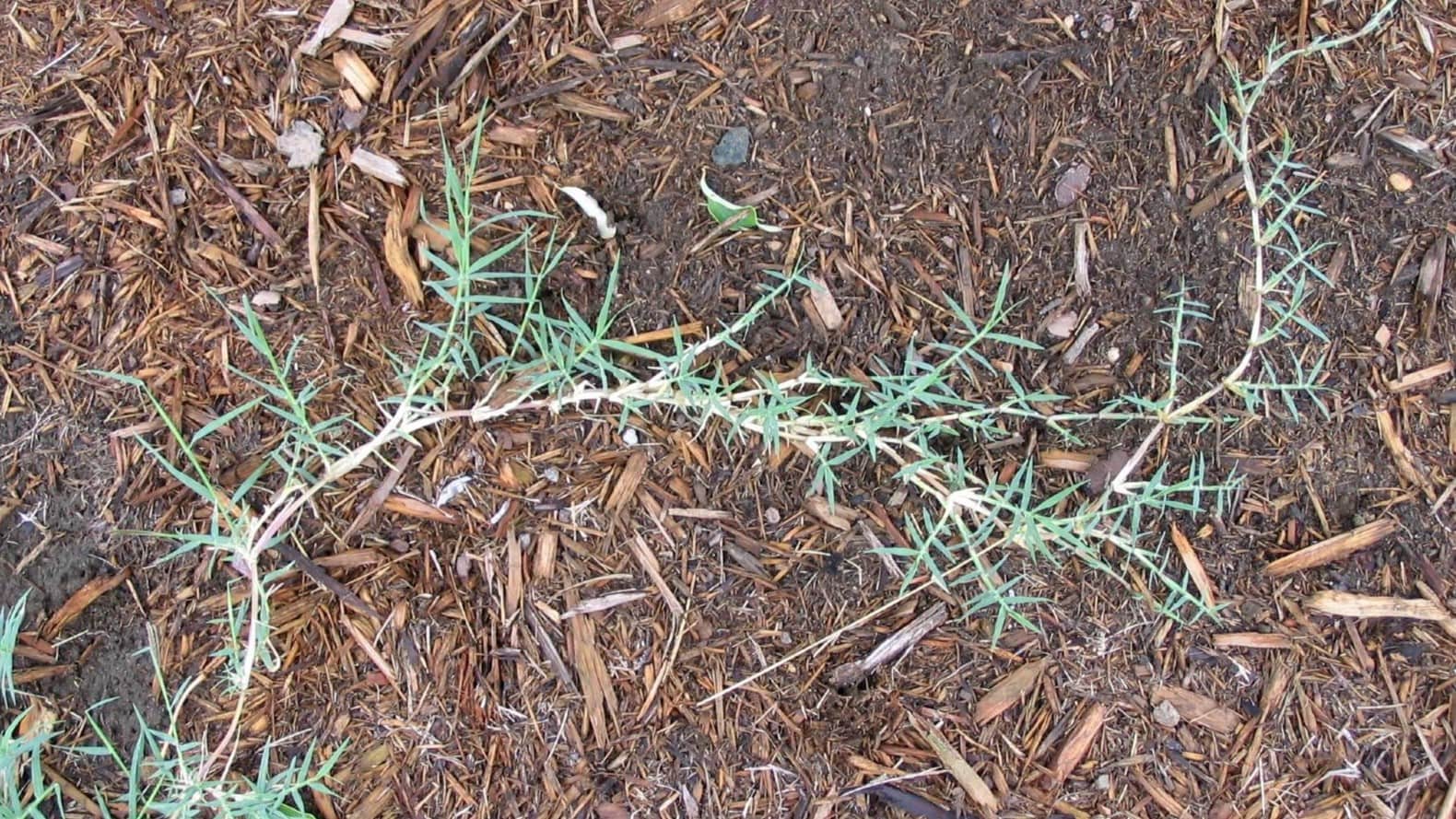
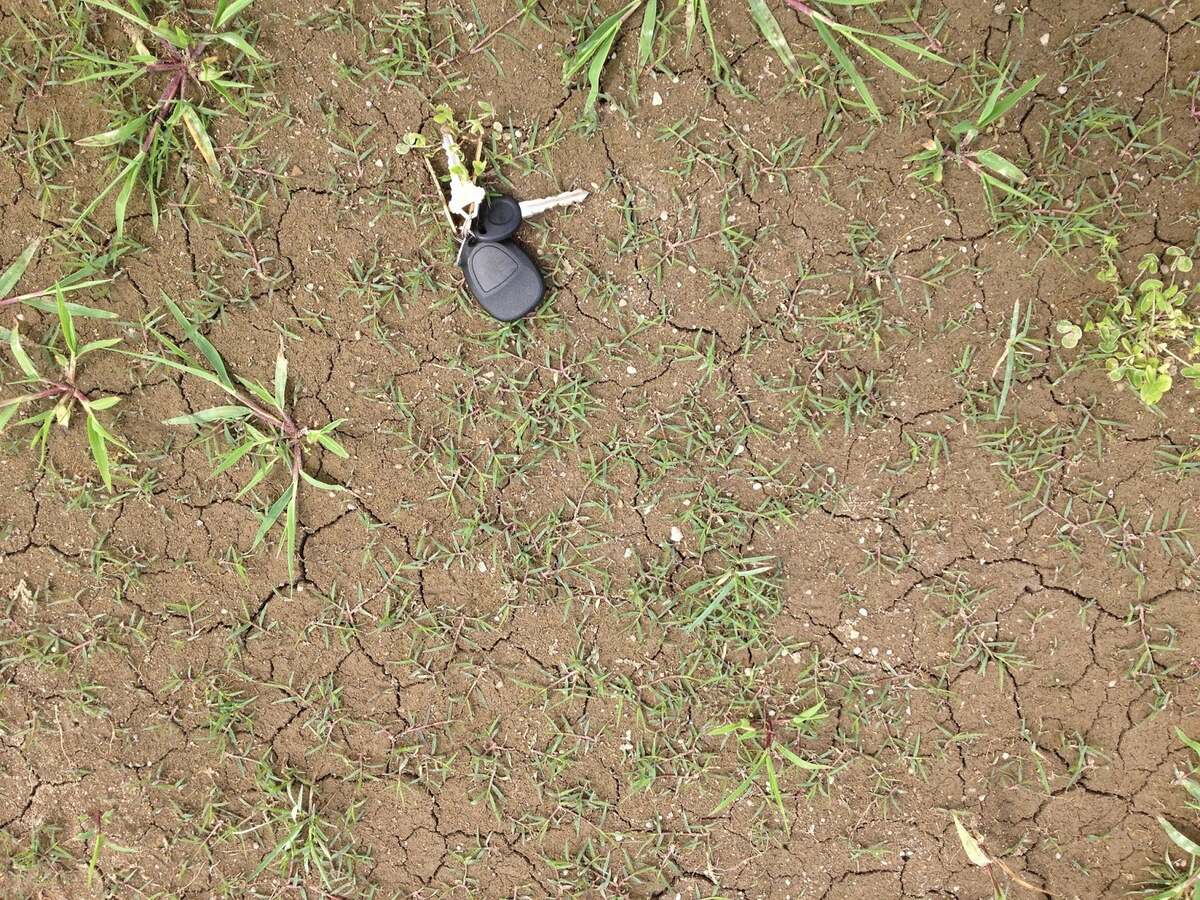
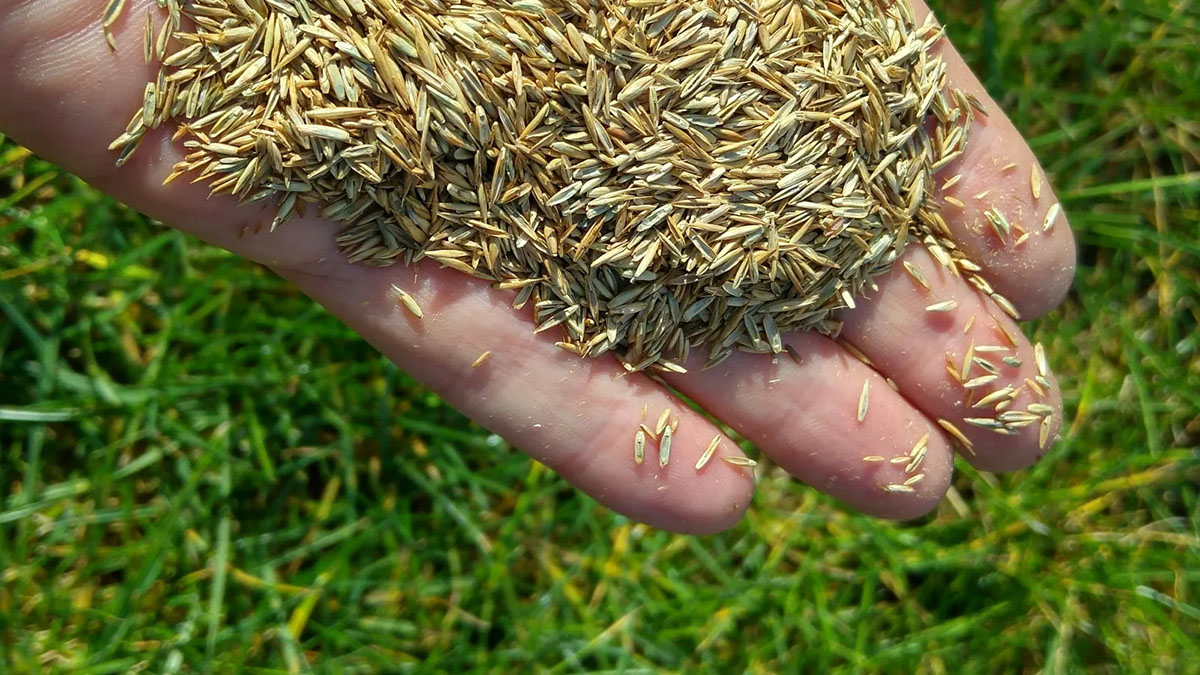
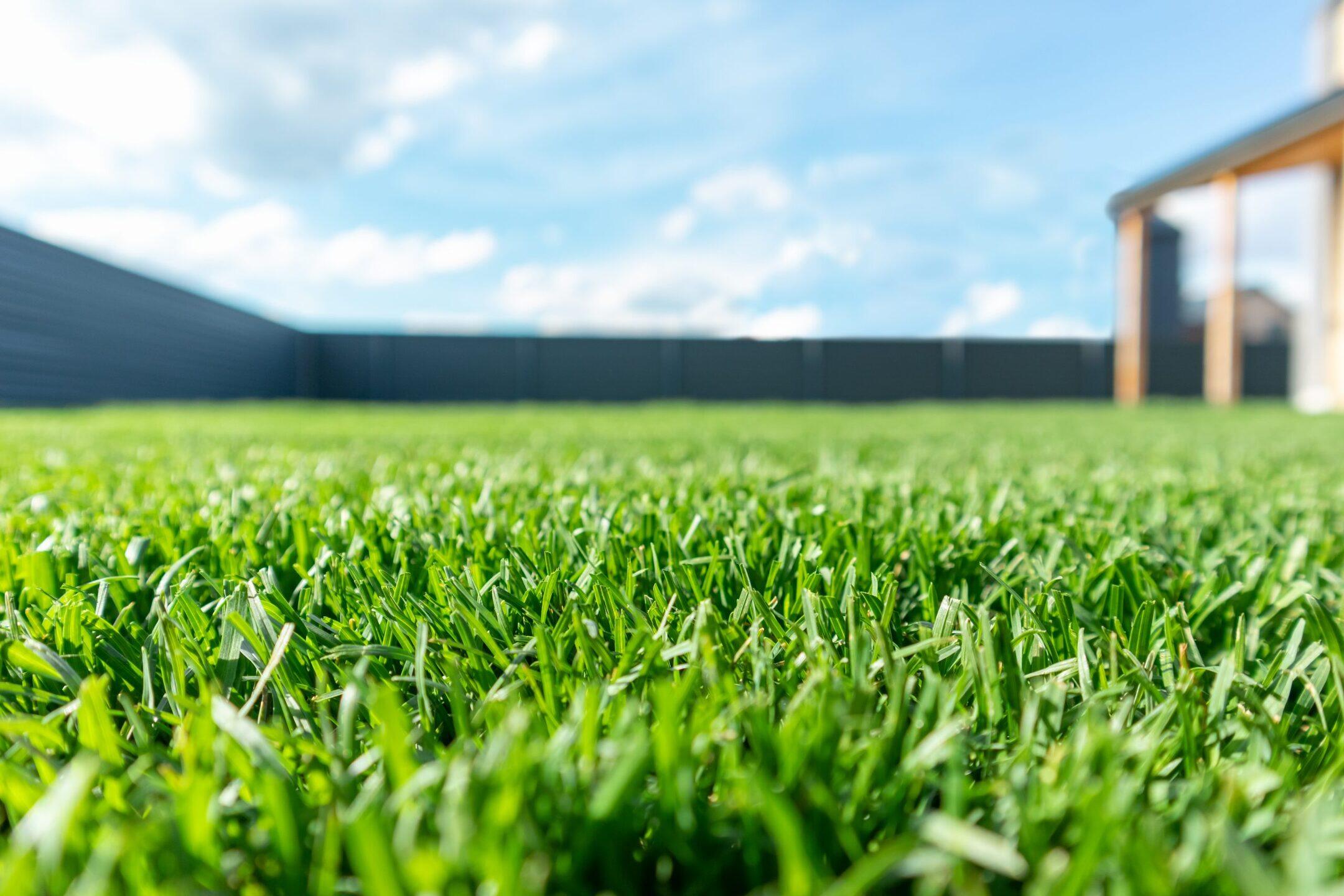
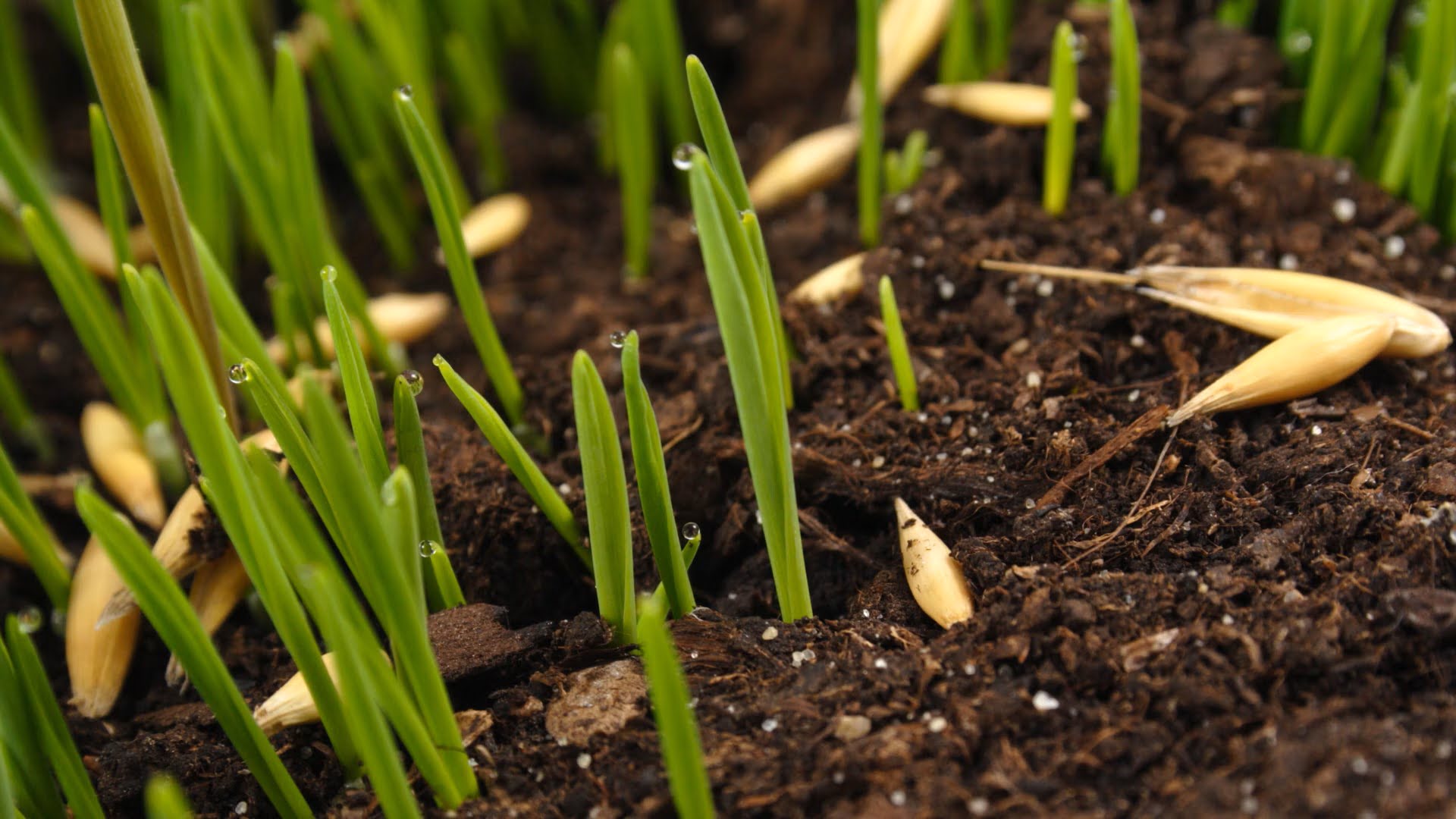
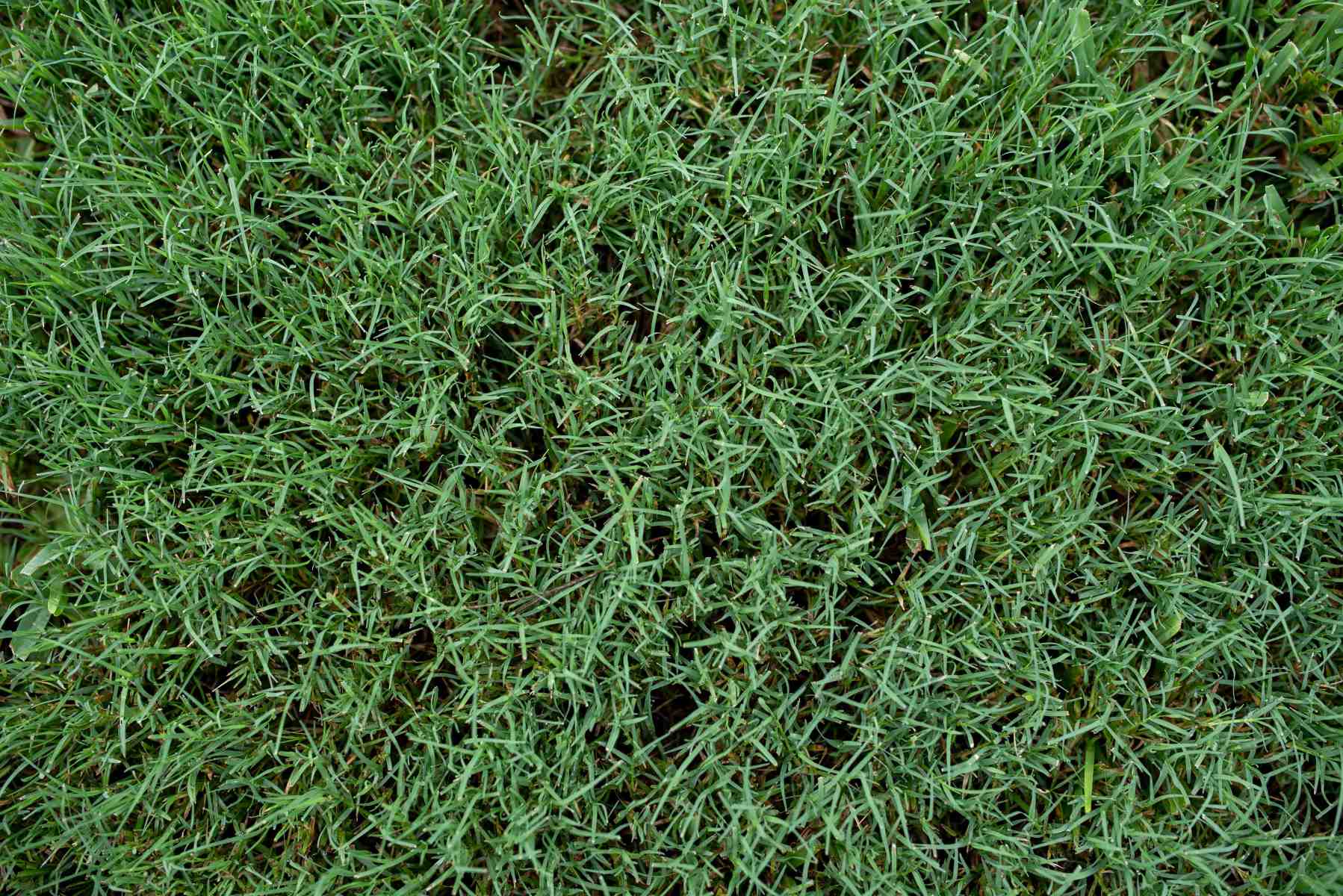
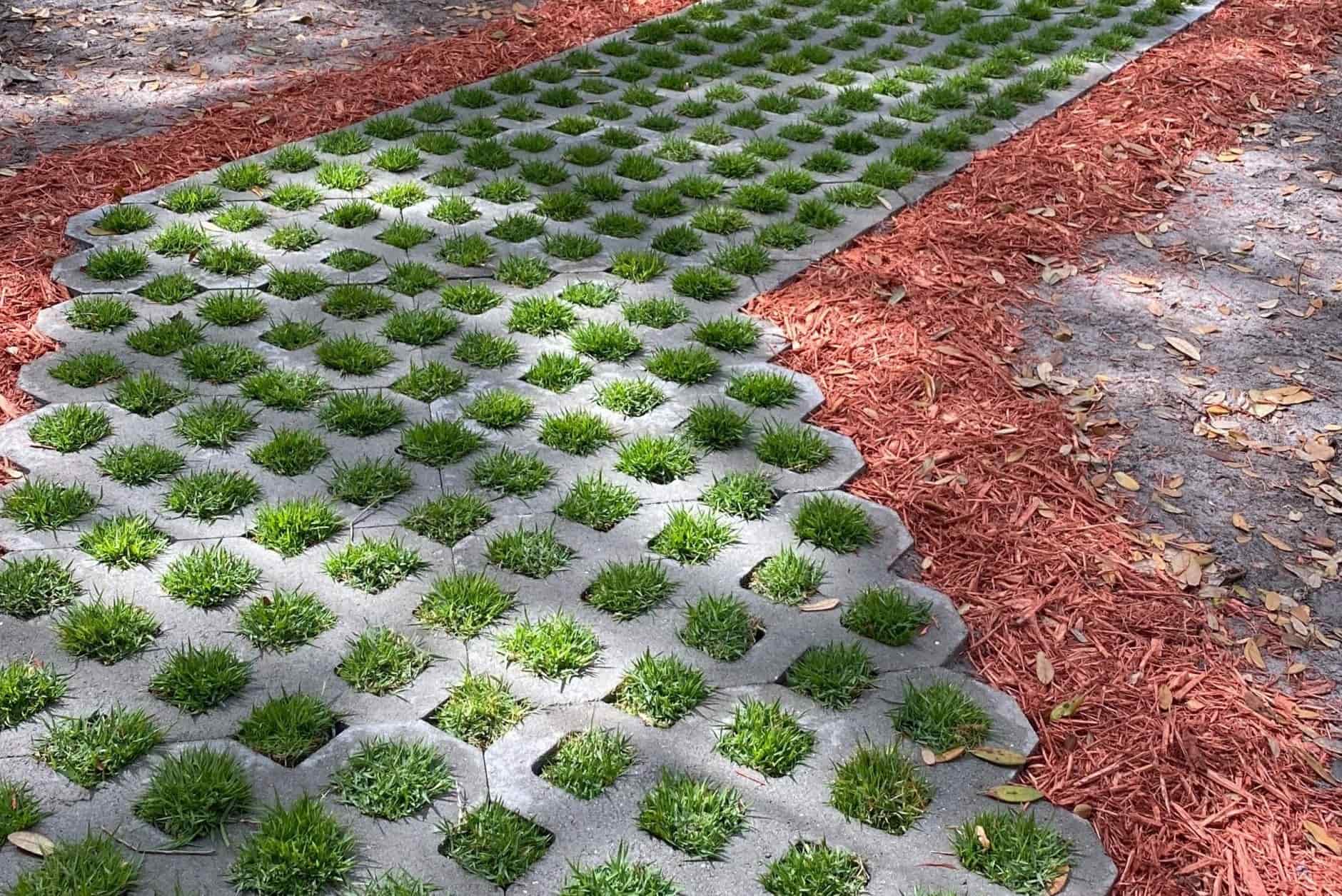
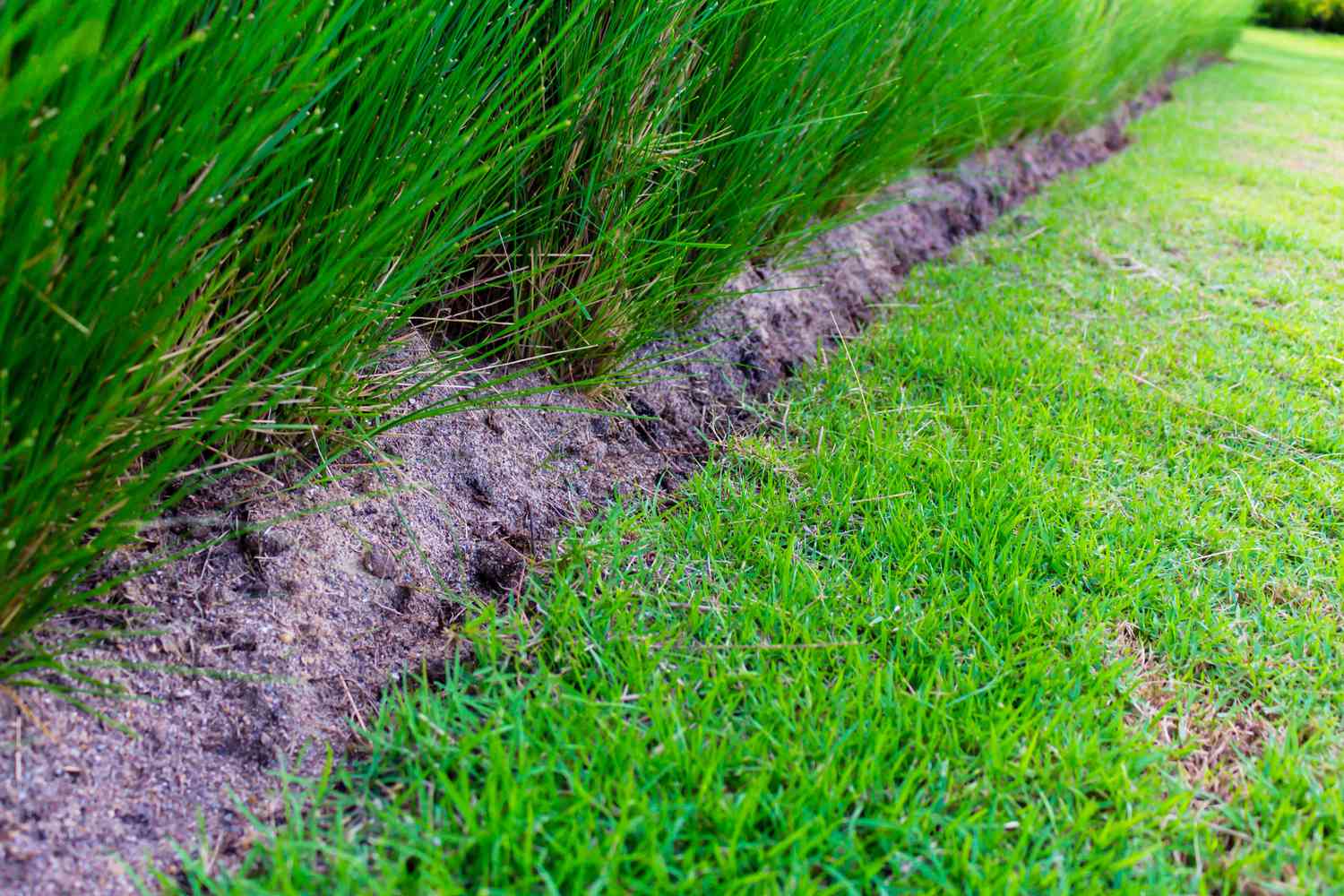
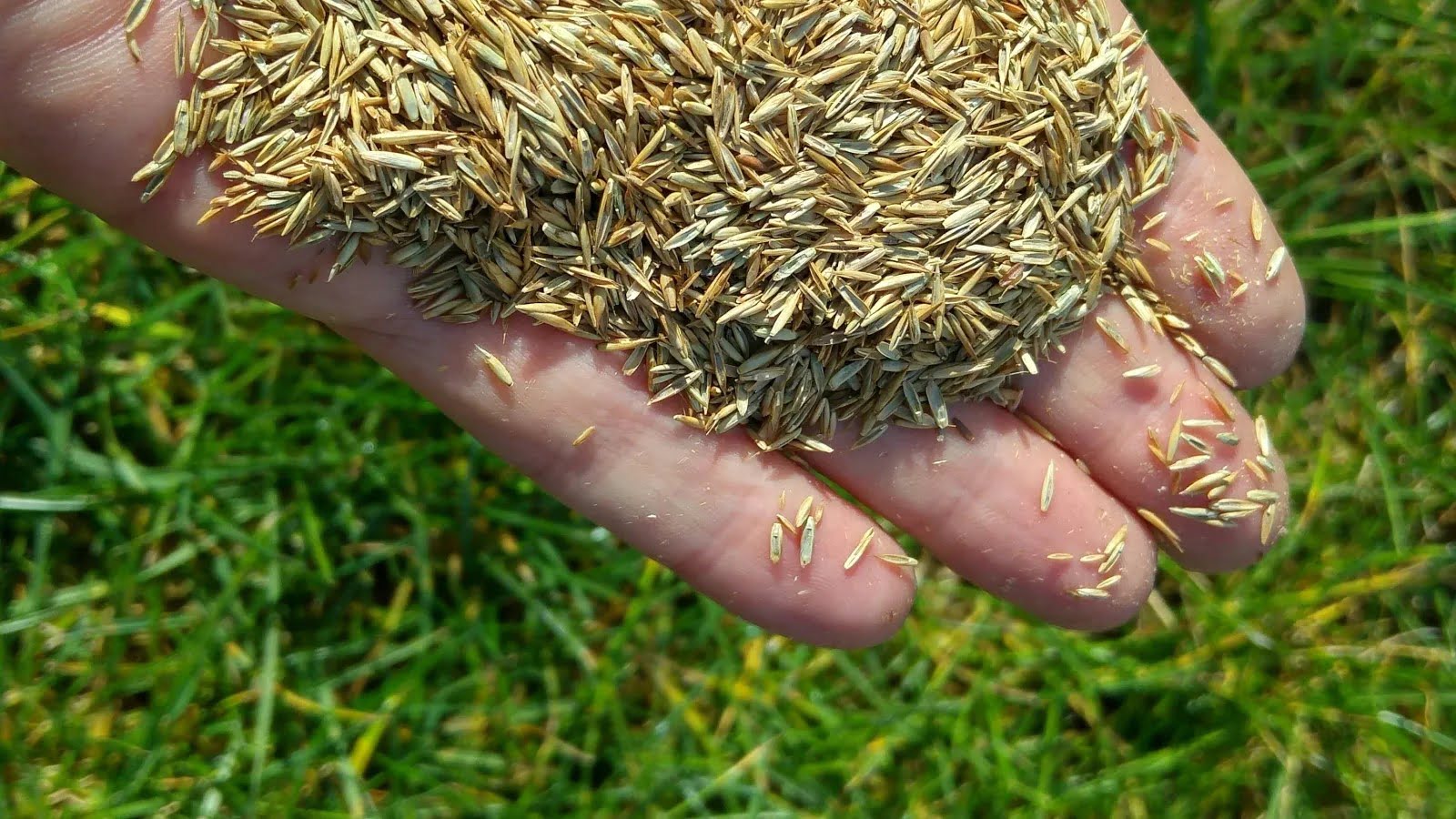
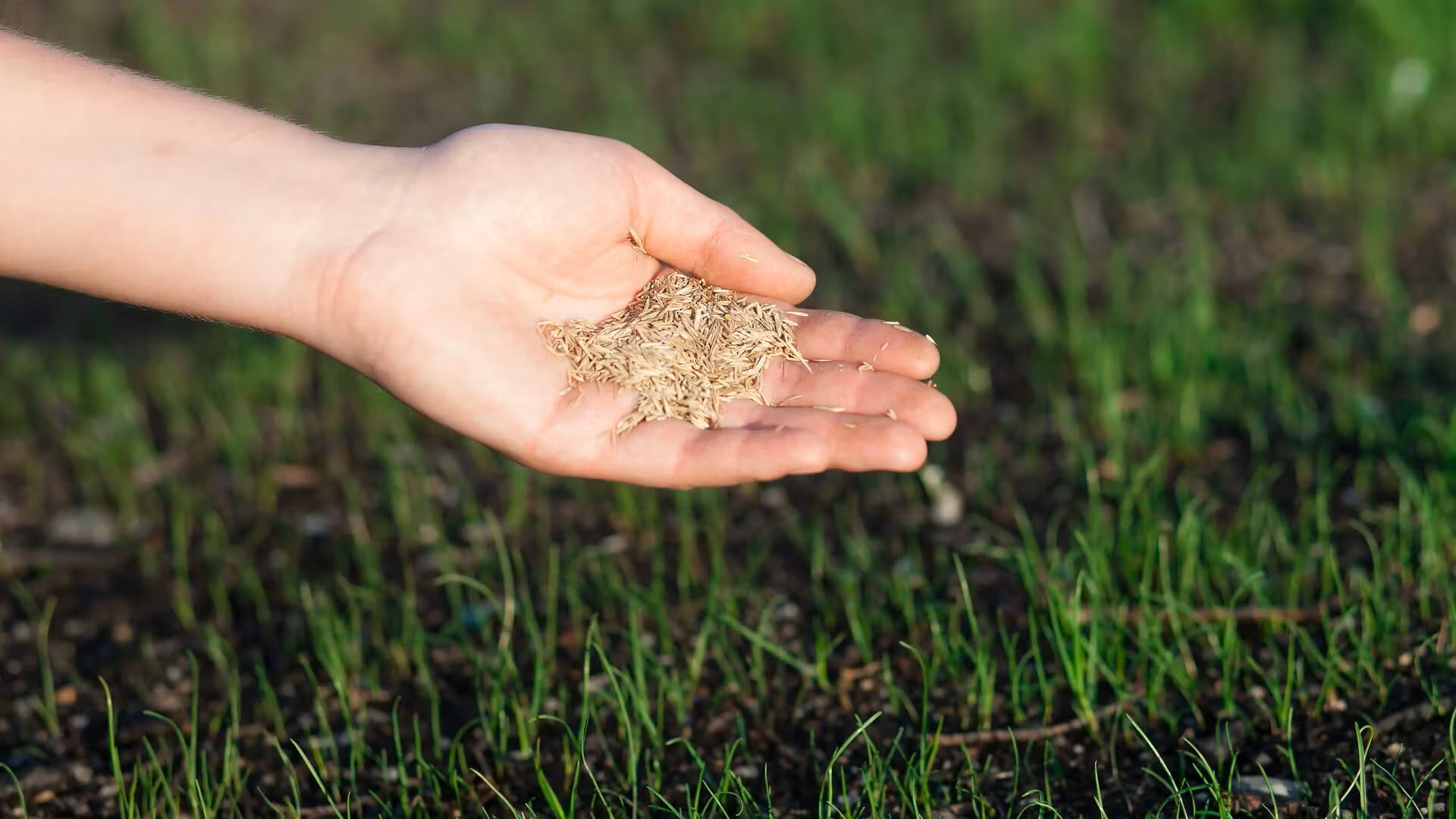
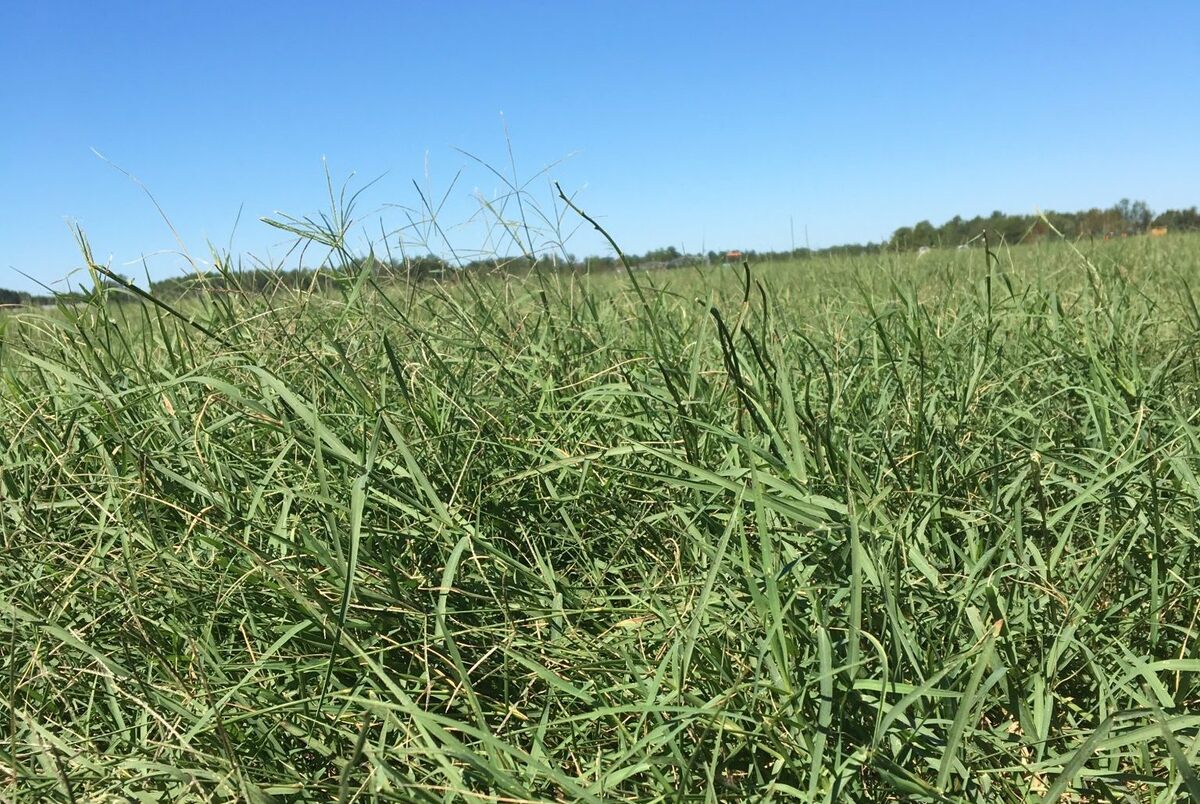


0 thoughts on “How To Grow Bermuda Grass Seeds”